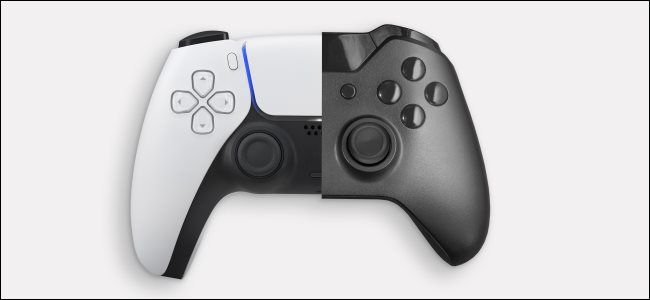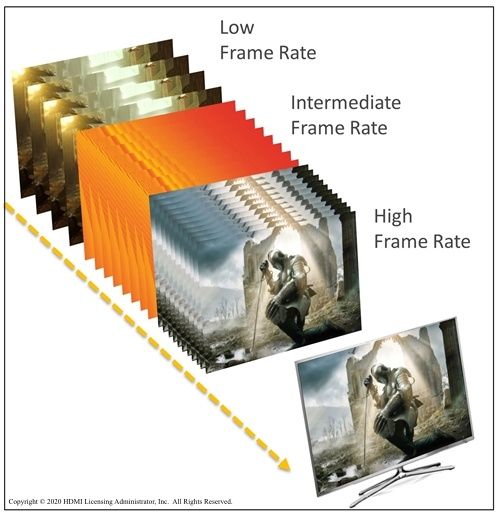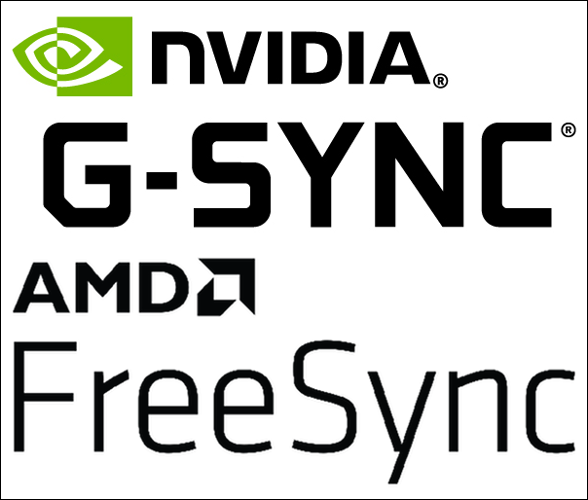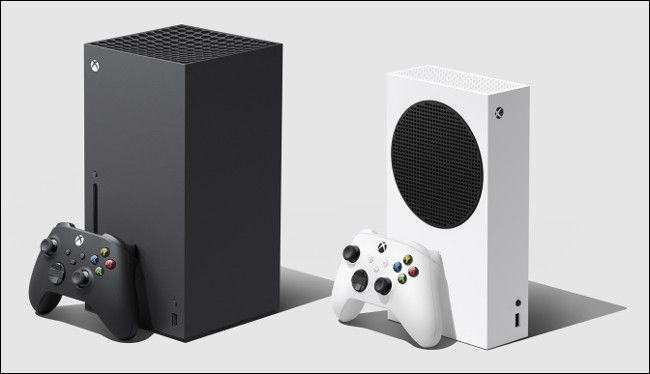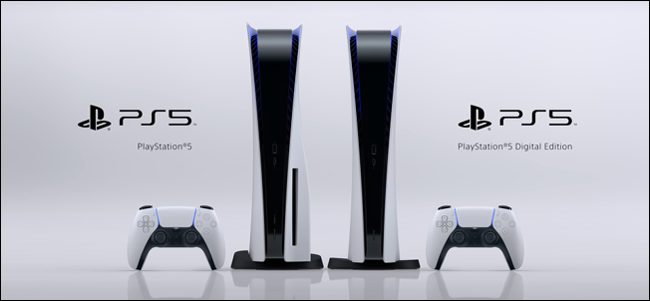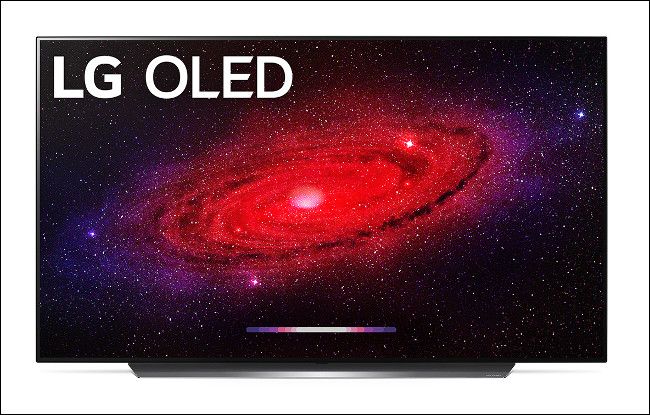Quick Links
PC gamers have been enjoying variable-refresh-rate (VRR) gaming for years. Finally, Sony and Microsoft are bringing VRR to your living room with their next-generation consoles.
So, what exactly is VRR, how does it work, and will you need a new TV to use it?
Why VRR Is Awesome
The refresh rate is the number of times a display can update per second. Most TVs and mobile devices refresh at 60 Hz, which means 60 individual frames can be viewed in one second. The latest TVs hit 120 Hz, while specialized gaming monitors can reach a whopping 360 Hz.
A "frame rate" is the number of frames a console or computer can deliver per second. When the source device can't provide the full 60 frames per second, a partial frame might be sent instead. A display doesn't care whether it receives a full or partial frame; it will display whatever it gets.
This results in an unsightly effect called screen tearing, in which partial frames are displayed on top of the previous, fully rendered frame. As frames are rendered horizontally, from top to bottom, tearing manifests as a jittery horizontal line, often around the middle of the screen.
A small amount of tearing from a few partial frames every now and then isn't much of an issue. However, when the GPU consistently drops frames because the render load is too high, screen tearing can seriously affect the way a game looks and plays. Fortunately, variable refresh rates can help eliminate this issue so games look better and play smoother.
PC gamers have been using a feature called V-Sync for years to lock refresh and frame rates. For V-Sync to effectively reduce screen tearing, though, you have to guarantee the graphics card can keep up with a monitor's refresh rate. If you're using a 60 Hz display, and your performance dips below 60 frames per second, you're going to see tearing artifacts.
The flip side of V-Sync is you might have to leave performance or graphical fidelity on the table. Often, you'll have to choose between a tear-free experience with reduced image quality or a better-looking game that can't remain locked at 60 frames per second.
HDMI VRR is a New Standard
To eliminate screen tearing, you have to vary the refresh rate along with the frame rate. For that to work, you need technology that's baked into both sides of the conundrum. This means a VRR-capable console or graphics card on one end and a display that supports VRR on the other.
NVIDIA and AMD each have their own VRR technologies, known as G-Sync and FreeSync, respectively. FreeSync has also been used by Microsoft in the Xbox One S and X. G-Sync is a favorite among those who use NVIDIA's GTX and RTX graphics cards.
Displays must be built with these technologies in mind. In the case of G-Sync, this often requires a purpose-built chip (with royalties paid to NVIDIA, of course), while FreeSync is a more open platform. However, recent developments have seen AMD fragment the standard with Premium and Premium Pro tiers for 4K and HDR content.
While we still don't know everything about Sony and Microsoft's next-generation consoles, support for a new format called HDMI VRR is on the way. Microsoft has confirmed the Xbox Series X and S will use both HDMI VRR and AMD FreeSync.
Both new Xbox consoles will support VRR from 30-120 Hz, provided your TV can do it. That's a common theme as we move to a new standard of display interfaces with the arrival of HDMI 2.1. This is one area where you'll need to make sure your TV or monitor has all the new features you want.
HDMI VRR is defined in the latest HDMI 2.1 standard, but some TVs with HDMI 2.0b ports can do it too. With that in mind, don't immediately expect all HDMI 2.1-compliant TVs to have support for HDMI VRR.
In a few years, HDMI VRR will likely make its way to displays at all price points, but currently, we're in a transitional phase. Many high-end models lack HDMI 2.1 altogether at present.
Sony's official PS5 specifications state "VRR (specified by HDMI ver 2.1)." This suggests that HDMI VRR is dependent on the new standard. Since Sony's PlayStation 5 is also using an AMD GPU, it might also support FreeSync like Microsoft's new consoles.
Next-Generation Expectations
NVIDIA launched its 30 Series cards (notably, the RTX 3080 and RTX 3090) in September. These were the first PC graphics cards with HDMI 2.1 and support for both HDMI VRR and G-Sync. Since these cards beat the next-generation consoles to the market, they're the first commercial HDMI 2.1 devices available.
This has resulted in some problems getting G-Sync to work on certain HDMI 2.1 displays. LG's lineup of OLED displays have had issues outputting a true 4K 120 Hz 10-bit image with no chroma subsampling (4:4:4).
An over-the-air update has been issued for 2019 and 2020 models to fix that issue, as well as a weird flickering problem that occurred during loading screens.
It's not beyond the realm of possibility that these issues will continue to crop up as next-generation consoles are plugged into next-generation displays for the first time. Some of the G-Sync issues included raised blacks, flickering, and unwanted chroma subsampling that made text hard to read in PC mode.
LG is one of the few manufacturers to have embraced HDMI 2.1 at this stage, and it's unlikely to be the last that encounters such issues.
However, once the bugs are ironed out, next-generation gaming in your living room is shaping up to be a significant upgrade over the previous. We're now even seeing talk of 120 frames per second at full 4K resolution.
Meanwhile, VRR will ensure that games remain smooth and responsive, even when such lofty targets can't be met. This also means dips in performance will be less noticeable than they were during the PS4 and Xbox One era.
However, there are limitations to the technology. Sony's upcoming Spider-Man Remastered for PlayStation 5 will have the option of using ray-tracing for certain elements, like reflections and some shadows (ambient occlusion).
Since ray-tracing looks to be limited to a 30-frame-per-second "visual quality" mode, though, VRR technology won't be used. This is interesting given Microsoft's statement that Series S and X will support VRR between 30-120 Hz.
This is one argument for using FreeSync over HDMI VRR if your hardware supports it. AMD developed a technology called Low Framerate Compensation (LFC), which helps smooth out gameplay when things drop below 30 frames per second.
Using frame doubling techniques, FreeSync LFC reduces the jiggling when things get choppy, but it won't eliminate poor performance altogether. If you want the option of using FreeSync, you'll have to make sure the TV or monitor you purchase explicitly supports it.
Next-Gen Display Technology
If you're still not convinced, why not let the early adopters put the technology through its paces? There will be a lot more TVs available in 2021-22 that support this feature, and they'll probably be cheaper than today's models.
HDMI VRR is a next-generation technology for a new generation of game consoles. In addition to 120 Hz panels, HDMI 2.1 inputs, and low input lag, VRR is one of the top features to look for on your next gaming TV.

